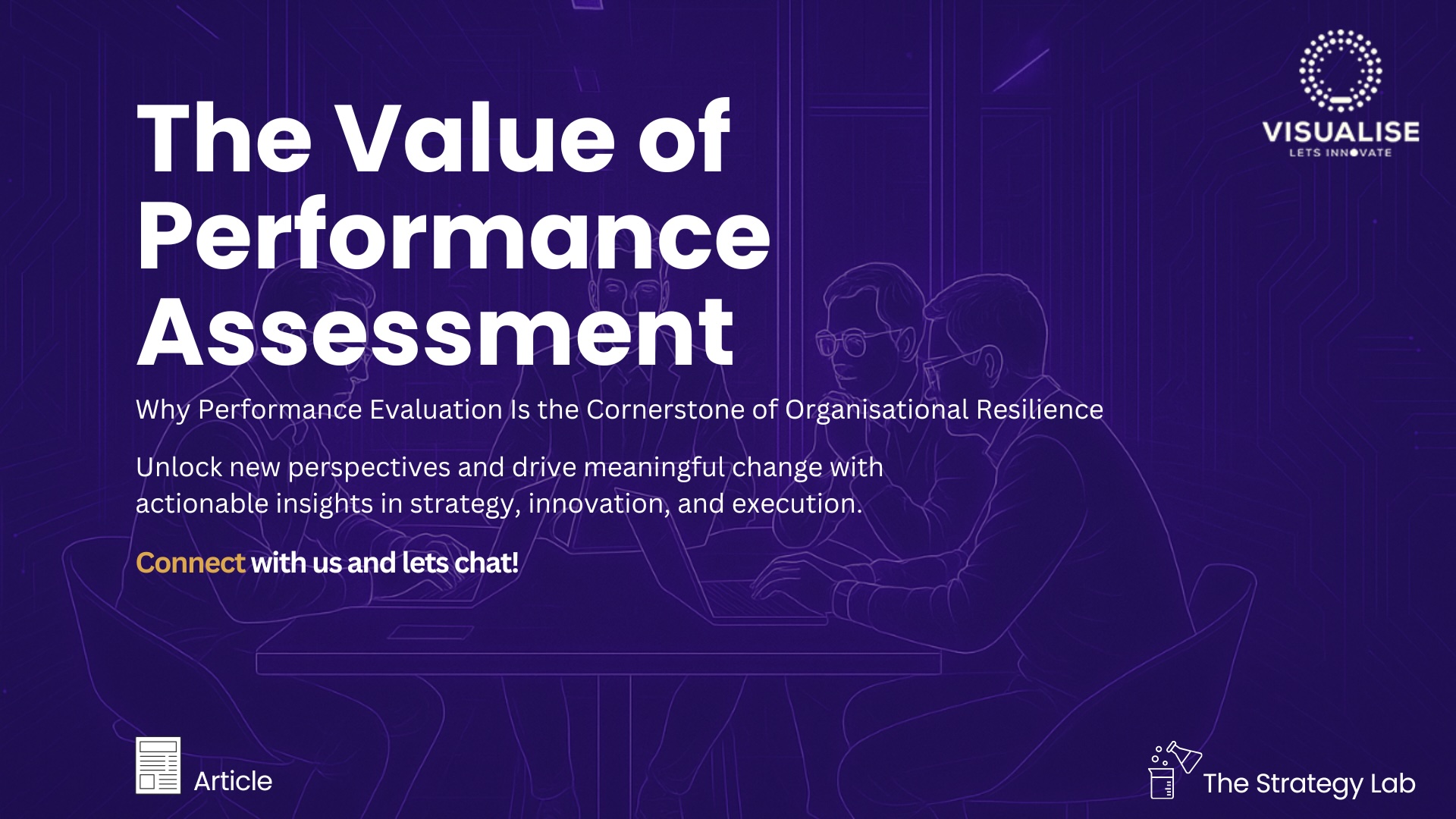Nov11

For decades, the central, almost mythical goal of artificial intelligence has been the creation of a system capable of valid reasoning. This digital mind could not only recite knowledge but also structurally synthesize and solve problems with human-like depth and insight. This ambition dates back to the earliest days of computing, when figures like Alan Turing envisioned machines that could genuinely " think."The recent era of Large Language Models (LLMs) initially offered remarkable fluency, yet often remained conceptually shallow, producing impressive prose without transparent logic. However, the emergence of models explicitly designed for agentic reasoning—like the Kimi K2 Thinking model demonstrated in the included notebook—marks a profound historical turning point. This new generation of AI is moving beyond simple text generation to embody the analytical rigour and verifiable thought process long sought by AI pioneers.
The primary takeaway from the LLM performance, specifically the Kimi K2 Thinking model demonstrated in the notebook, highlights a significant shift in advanced LLM development toward agentic reasoning and transparent thought processes.
Advanced Multi-Step Reasoning and Coherence: The model is explicitly trained to interleave internal, step-by-step reasoning (Chain-of-Thought) with external tool calls (like search or code interpreters). This allows it to maintain coherence across long, multi-stage tasks.
The ""thinking "Feature: The output for the complex questions (especially Question 3) shows the model's Internal Reasoning Content (reasoning_content). This transparency allows users to inspect the model's logic, brainstorming, and structuring before it generates the final answer, simulating a ""digital analyst"
Agentic Capabilities: The model excels in agentic benchmarks, demonstrating the ability to handle up to 200–300 consecutive tool calls without losing focus, a significant improvement over earlier models. This is crucial for complex workflows, such as automated research or lengthy investigative tasks.
Benchmark Performance: The model has been reported to set new state-of-the-art results on several challenging agentic and expert-level benchmarks, including Humanity's Last Exam (HLE) and BrowseComp.
Efficiency: Despite its large scale (1 trillion total parameters), the Mixture-of-Experts (MoE) architecture only activates 32 billion parameters per inference. Furthermore, native INT4 quantization enables faster inference speeds with minimal loss of accuracy.
In essence, the performance suggests that the next frontier for LLMs is not just raw model size, but how effectively a model reasons, plans, and orchestrates tools over an extended period of problem-solving.
The notebook's design immediately reveals its purpose: to stress-test the model's cognitive architecture. The first query, a request to "explain quantum entanglement step by step," is easily handled, demonstrating baseline fluency and factual recall. The real test, however, is presented in the final section, where the model is tasked with answering three highly speculative and complex questions that demand cross-disciplinary synthesis—connecting P vs. NP from computer science to Quantum Gravity or unifying the Black Hole Information Paradox with AI Alignment.
The most significant evidence supporting the takeaways above is the presence of the reasoning_content field in the API output. For the unification question, the model's internal monologue is lengthy, structured, and strategic. It begins by breaking down the three constituent problems, identifying their common thread (information preservation, complexity, and boundaries), and then meticulously formulating a novel solution: the "principle Holographic Computational Irreducibility (PHCI)."This internal trace is not a simple regurgitation of facts; it is a display of generative meta-cognition, showing the system:
Strategic Decomposition: Breaking the monumental task into manageable conceptual components.
Constraint Adherence: Checking its generated ideas against the prompt's requirements ("articulate a speculative, testable hypothesis").
Architectural Planning: Outlining the final answer with headings before writing the prose, guaranteeing a coherent, detailed structure.
This transparency represents a critical advancement. For years, the most powerful LLMs have often been criticized as opaque black boxes; they produce brilliant output, but without a verifiable path, raising questions about hallucination and reliability. By incorporating the thinking process into the production, Kimi K2 Thinking addresses the very real need for auditability and trust in complex AI systems.
Furthermore, this performance validates the trend toward agentic intelligence. LLMs must now be capable of not just answering a single prompt, but of maintaining coherent thought across hundreds of sequential steps and coordinating external tools (like code interpreters or web search engines). The deep reasoning required to construct a concept like the PHCI, successfully weaving together cosmology, complexity theory, and philosophy, demonstrates a structural capacity for synthesis that elevates the model beyond the level of reflex-grade chat systems.
In conclusion, the Kimi K2 Thinking model, as observed through its API interaction, represents a significant milestone in AI development. It signals that frontier LLMs are moving past superficial competence and are now engineered for deep, auditable reasoning. The ability to generate and expose an intricate, structured thought process—not just a polished final answer—establishes a new, higher standard for complexity, coherence, and intellectual honesty in artificial intelligence. This achievement is more than a benchmark score; it represents the convergence of theory and practice. By revealing the machinery of its mind, models like Kimi K2 Thinking do not just offer better answers—they provide a roadmap for collaborative human-AI problem-solving, turning the ''lack box " of intelligence into a glass workshop. The actual impact lies in shifting AI from a tool of automation to a partner in discovery, capable of tackling the world's intractable challenges with transparent, verifiable logic.
Keywords: Generative AI, Open Source, Agentic AI
 The Evolution of Artificial Intelligence: From Text Generation to Transparent Agentic Reasoning
The Evolution of Artificial Intelligence: From Text Generation to Transparent Agentic Reasoning In Order to Develop Your Future Leaders — You Need to Let Go
In Order to Develop Your Future Leaders — You Need to Let Go Decision Theaters: When Data Becomes a Disguise
Decision Theaters: When Data Becomes a Disguise Credible Leadership Builds Ecosystem Immunity
Credible Leadership Builds Ecosystem Immunity The Value of Performance Assessment
The Value of Performance Assessment